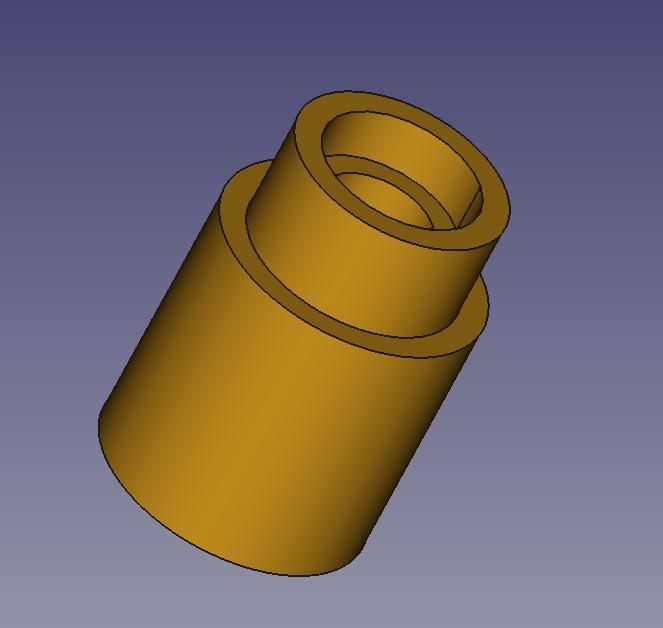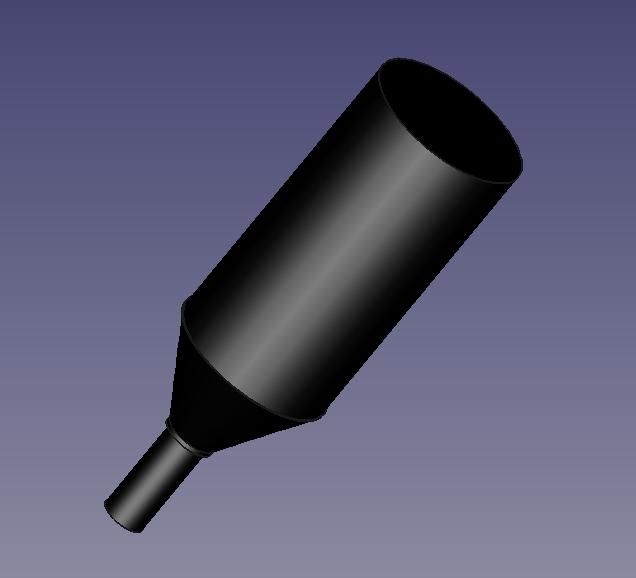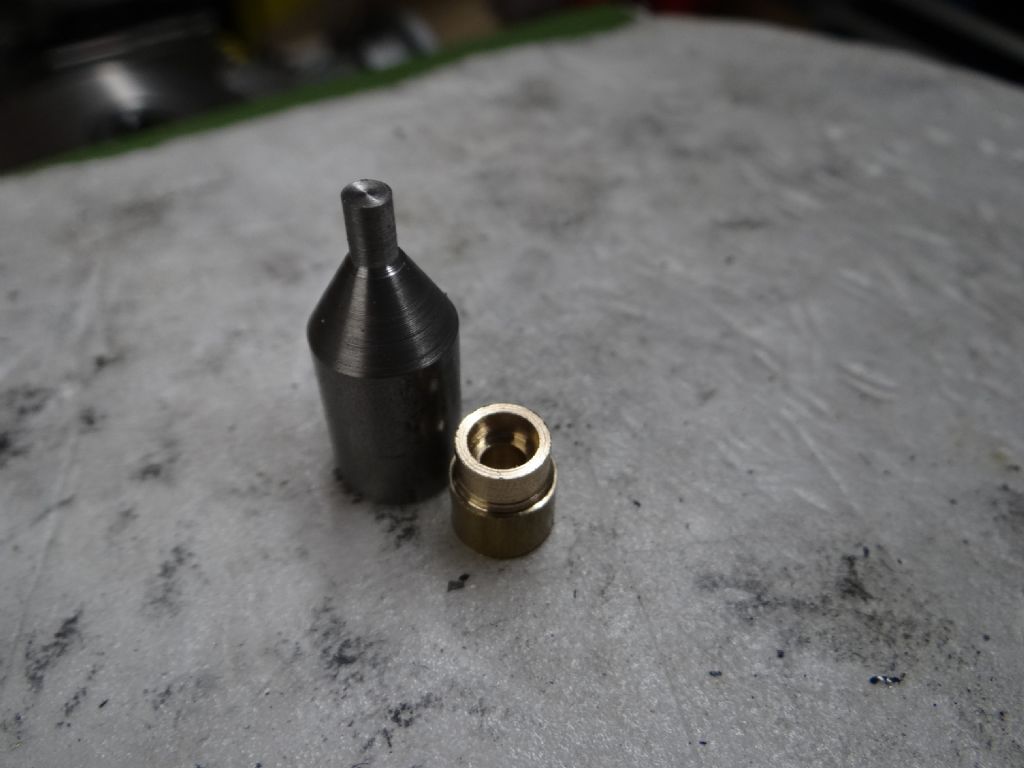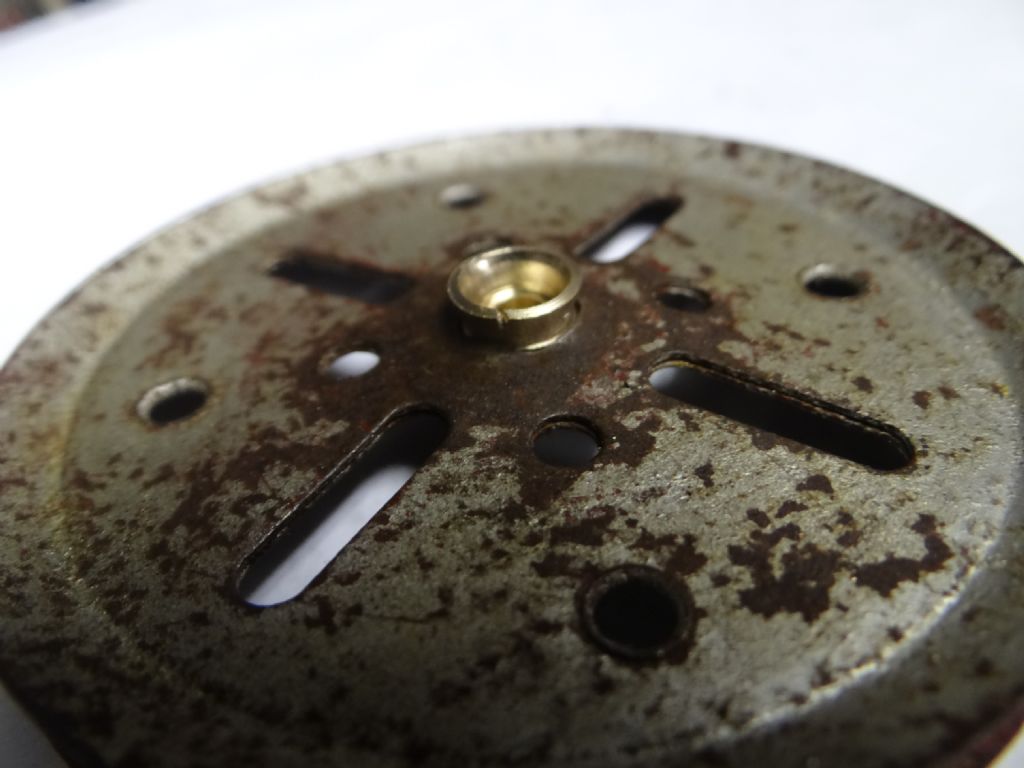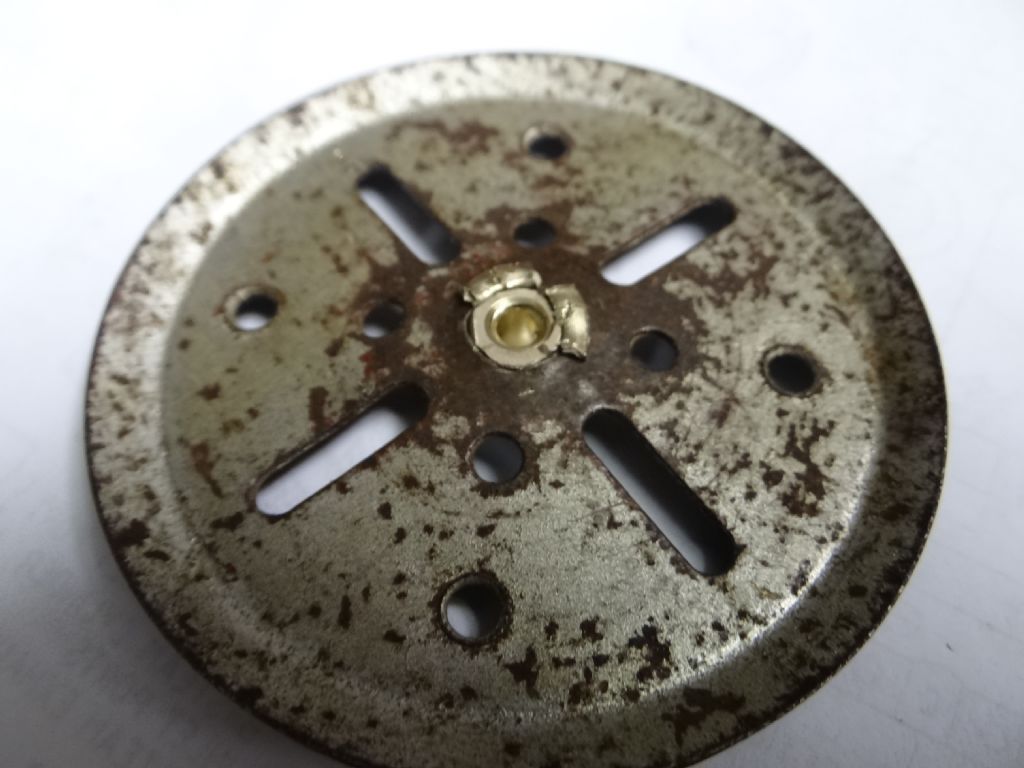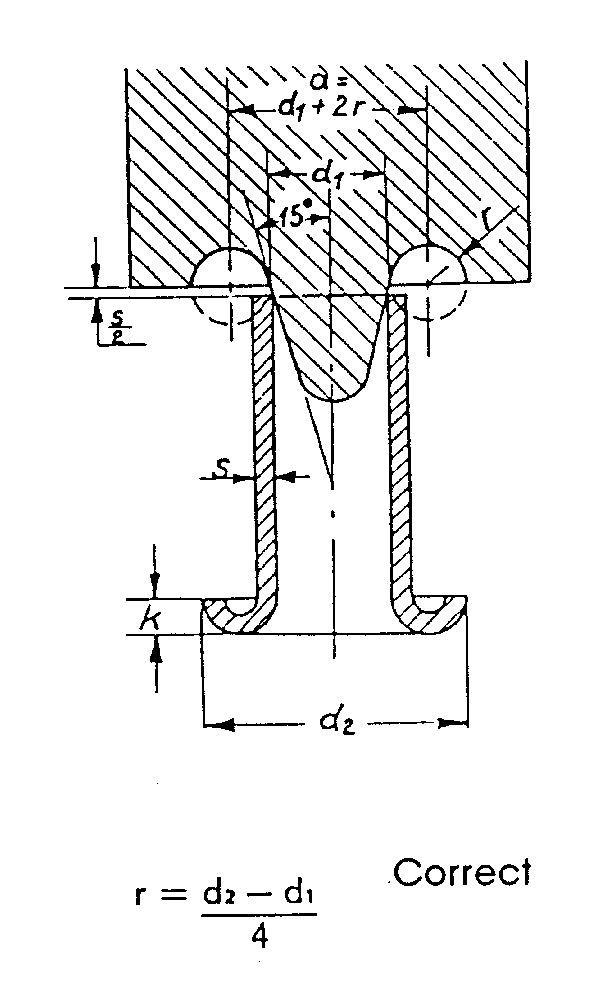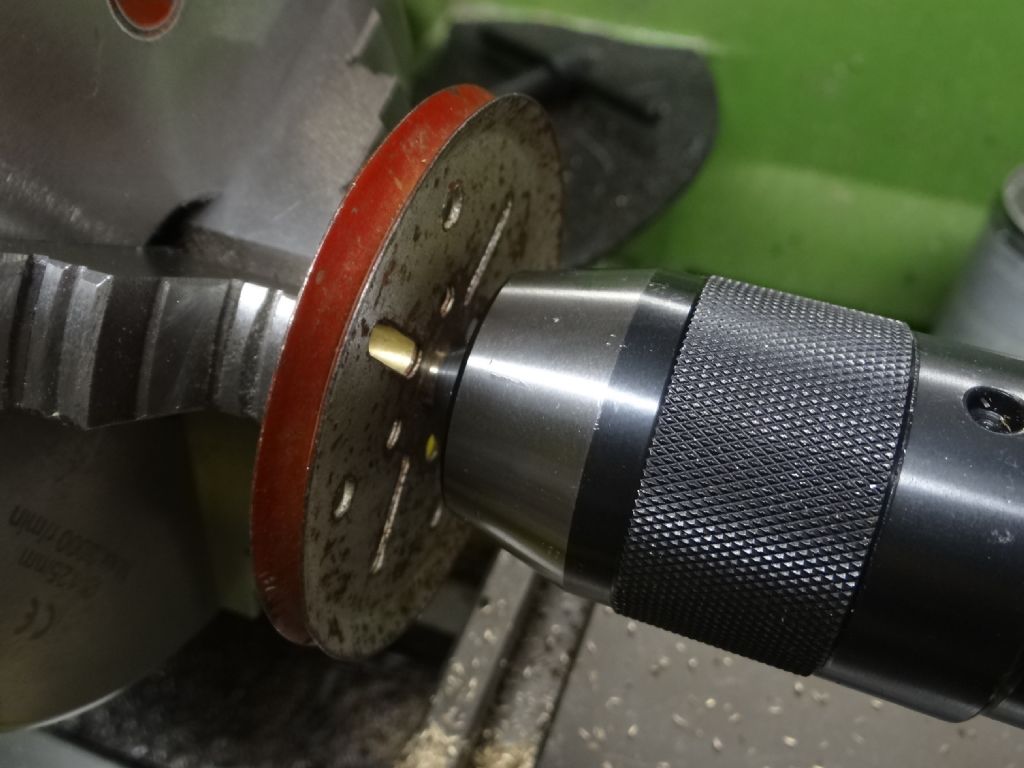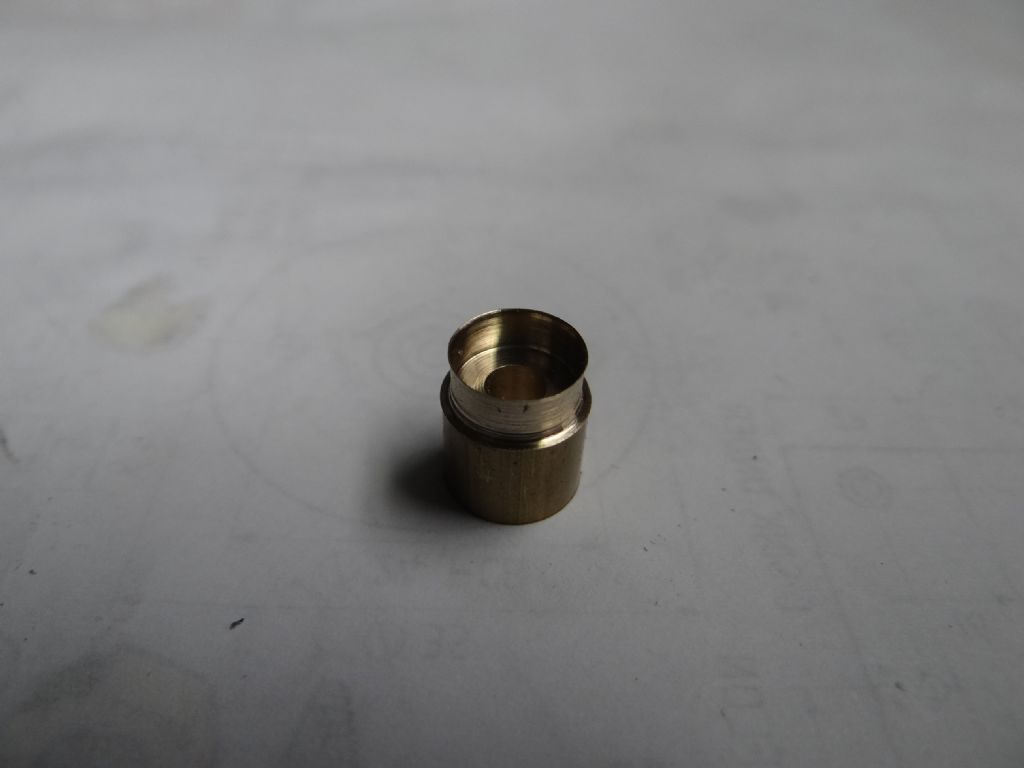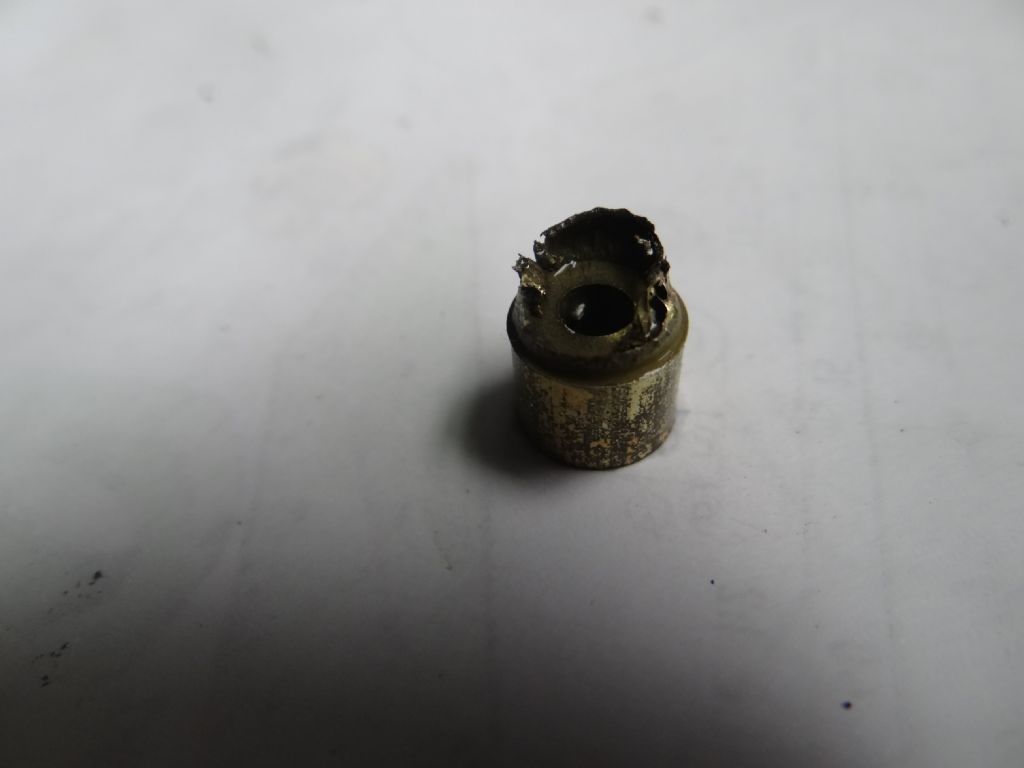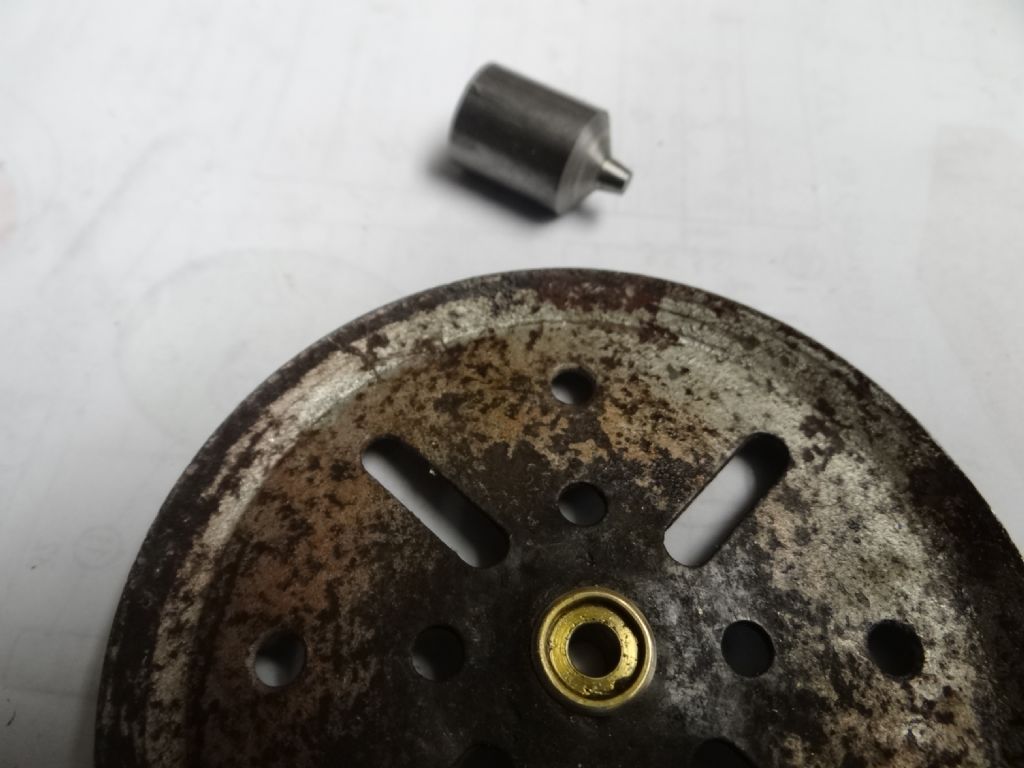More disappointments. I get fairly close before the cookie crumbles, which is frustrating. Never mind, I'm learning lots of new tricks.
Here's the lathe method ready to go:

I modified the boss so that the swaged section was about 0.4mm thick. Without annealing it flattened fairly well as the lathe turned but, just as the edge of the swage pinched the pulley, it disintegrated. The die/punch approach does the same. The brass gets very brittle the more it's pushed.
I made another boss and tried to anneal it.

Oh dear. I overdid the heat and the thin part crumbled in front of my eyes.

I'm going to try a few more times with the brass rod I've got. Glad for comments on my annealing technique as it may be faulty. Using a blowlamp:
- Method 1 – brass heated until it goes blue and immediately plunged into cold water.
- Method 2 – brass heated until it glows red and immediately plunged into cold water. (The ruined example went bright orange after I accidentally moved it into the hottest part of the flame. I wish I had steady hands. )
I'll try Michael_w's repeat annealing suggestion later : it's not ideal in this case because the pulley I'm using has been painted.
At the moment I'm pinning my hopes on getting a more ductile brass, so thanks to Clive and Keith for providing the CZ numbers. I feel I'm probably asking too much of the brass I've got. Although it machines well it sure don't like bending!
Dave
Chris Taylor 3.


